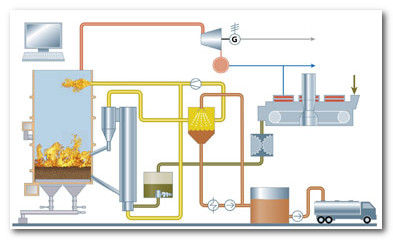Advanced carbonaceous materials have drawn great attention throughout the world because of their particular microstructures, unique properties, and great potential applications in many fields. Several carbon species such as methane, acetylene, benzene, xylene, toluene, etc., have been used as a carbon feedstock to synthesize CNTs . These carbon precursors are related to fossil fuels which may not be sufficiently available in near future; so in order to develop a more competitive carbon material, it is necessary to consider developing carbonaceous materials from the natural resource.
Read More





